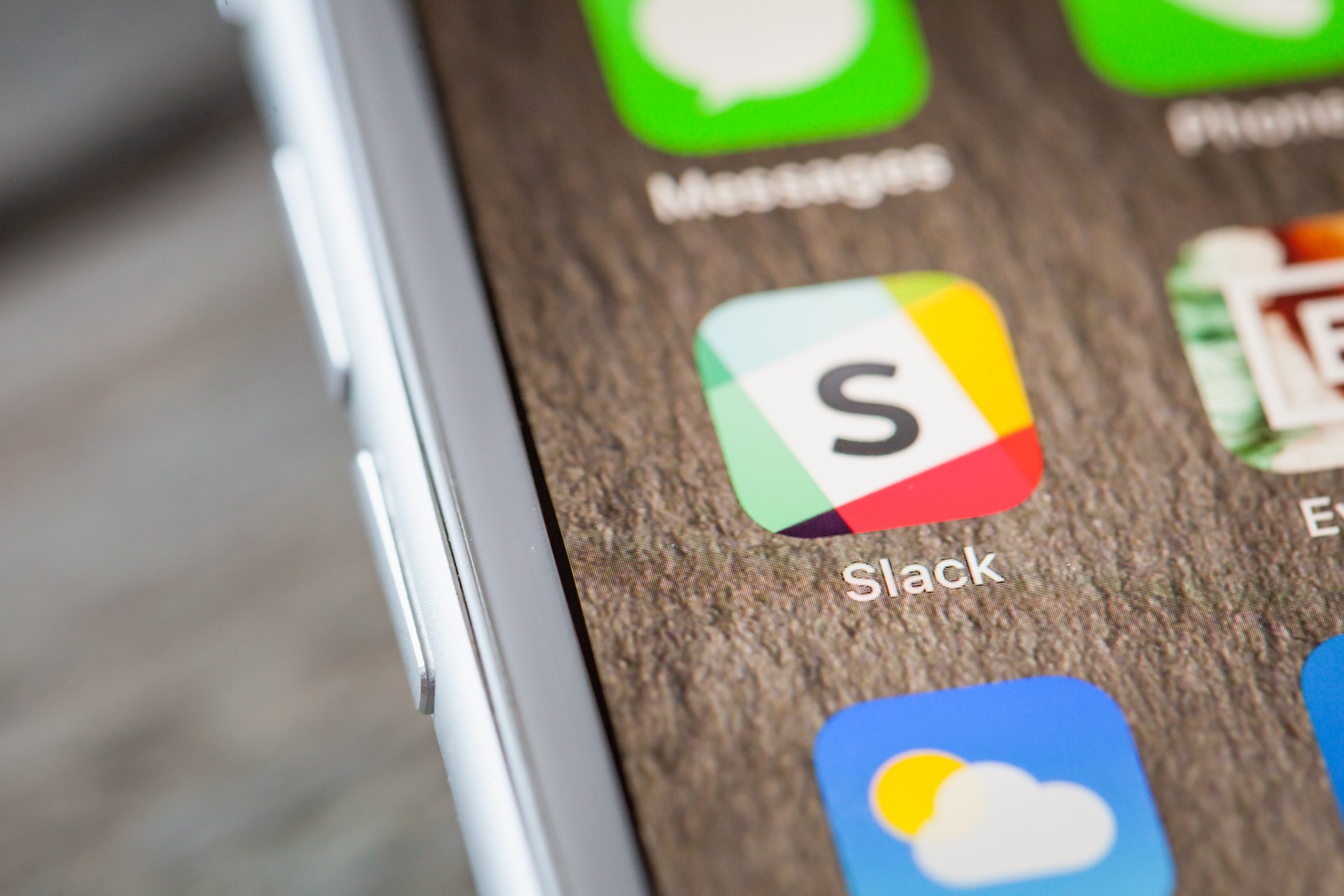We quit Slack: 5 lessons learned
Is it time to break up with your messaging tool or establish new rules of engagement?

From Slack: “Your members sent a total of 24 messages last week (that’s 7,858 fewer than the week before).”
Suggested Reading
L-O-L.
Related Content
Anyone who’s an admin on their company’s Slack account gets these messages about user activity. I mostly ignore them because Slack isn’t going to tell us something about us that we don’t already know. It won’t, right?
We used to think that by studying Slack traffic we would learn something about the flow of team operations, especially when working only from home.
Is everyone available?
Are team members connecting on this or that to stay productive?
Are our people happy?
Yet, one Slack number resonated this year when we sent our millionth message. Yep, one million. This number, considered among the 1.5 billion Slacks active users send daily, won’t get you out of bed, but we’re a boutique agency. To do a million of anything is a tremendous achievement.
It’s also why it only made sense that we stopped using Slack altogether.
“This feels pointless,” one team member said about the idea of quitting the messaging system that binds us like the Force. For the time it takes to send 10 disparate thoughts about client call scheduling and celebrity breakups, I thought they might be right—we’d never know unless we tried.
Breaking up with Slack in 5 steps or less
The notion of editing tech out of our personal and work lives isn’t novel, and the discourse on the Salesforce-owned Slack, among other messaging apps, is about using them less because we’re too stressed and distracted. One of the earliest examples that I could find of a company outright eliminating Slack dates back to 2017, just a couple of years after the app launched.
So, whether you’re a company of 10 or 10,000 people, if you’re planning a Slackout, here’s what you might want to consider:
1. Collect all team feedback, positive or negative, from your users first. I want to be clear and say we didn’t, and no one should simply flick the switch off on any useful work tool. We’re a tightly-knit, productive team, and everyone’s input matters, whether it’s about a Sweetgreen order or a company benefits change. You might run your teams the same way. Connections matter, and so do the connections we make on Slack, via email, and anywhere else.
2. As for hopeful outcomes, aim for qualitative results first because focusing on quantitative might not give you the answers you’re looking for. We don’t directly tie someone’s Slack traffic, or email traffic for that matter, with productivity or success. If you send more messages on one given day versus another, that doesn’t mean you were more or less accomplished. It’s the nature of our work, sure, and that will vary. The concern is whether we are using the tools we have to do a good job or using them as a substitute to connect with one another.
3. Manufacture opportunities for people to connect in other ways because they won’t necessarily do this on their own—at least not in the way you might want them to. In this experiment, we left everyone to their own devices, so to speak, because our team is responsible and proactive regarding the job. If people in your organization have autonomy, then let them decide how they connect with one another.
4. Be okay with people breaking the rules. Limit the amount of guardrails around the activity itself because good and bad habits are difficult to break quickly. We sent 24 messages in the span of a week during our Slackout, and it wasn’t just from one person to another. In some instances, people send links to themselves for safekeeping. That counts as a Slack. And then there are the true rule breakers. It’s always fun when one of them is your boss, and the person receiving it doesn’t know if they should respond because, you know, shouldn’t the boss be aware we’re not using Slack this week?
5. Moderation is better than cessation. Oscar Wilde popularized this witticism: “Everything in moderation, including moderation.” Governing Slack volume or any sort of communication feels like disciplinary action, and since I’ve completely overthought this Slackout, we might not want to go there. Many companies have reduced the number of internal and external video calls following a period of on-camera fatigue, so we could encourage people to use Slack less. Either way, Slack’s not going anywhere for good (or bad) yet. Not that you have to take my word for it.
Calvin Kasulke, author of the critically acclaimed novel Several People Are Typing, said to me, not in a Slack, but in a LinkedIn message:
“I think workspaces will probably still be using, if not Slack, something very much like Slack 8 years from now—whether it be Teams or Discord or some other text-first, multi-channel platform—because I don’t anticipate the hybrid workplace model will become less popular in that time. And as long as that’s the case, coworkers will need both a quick way to connect about a current project and exchange pictures of their pets, you know?”
Matthew Kirdahy is a partner at Water & Wall, a financial communications agency based in NYC and Boston.